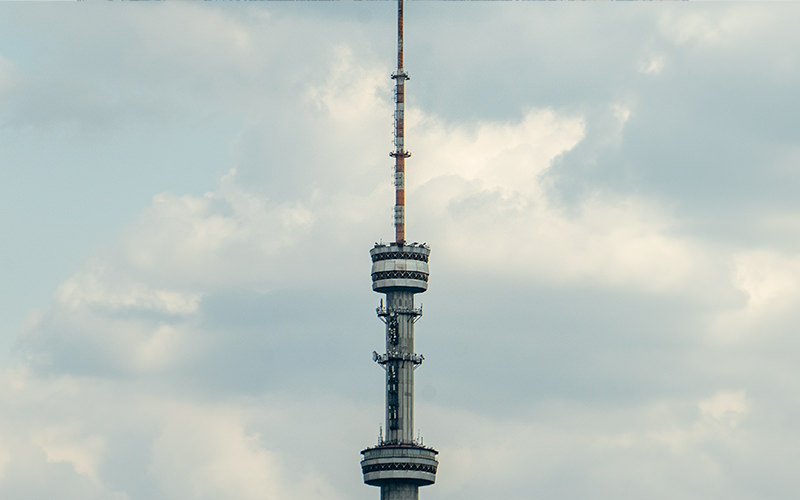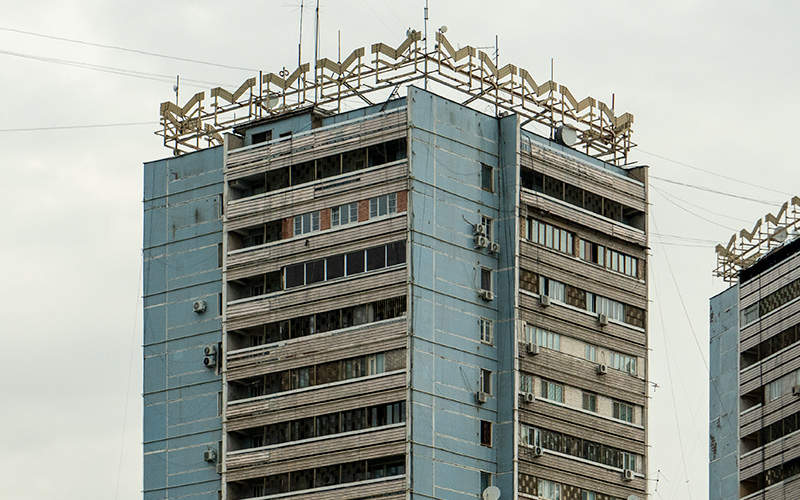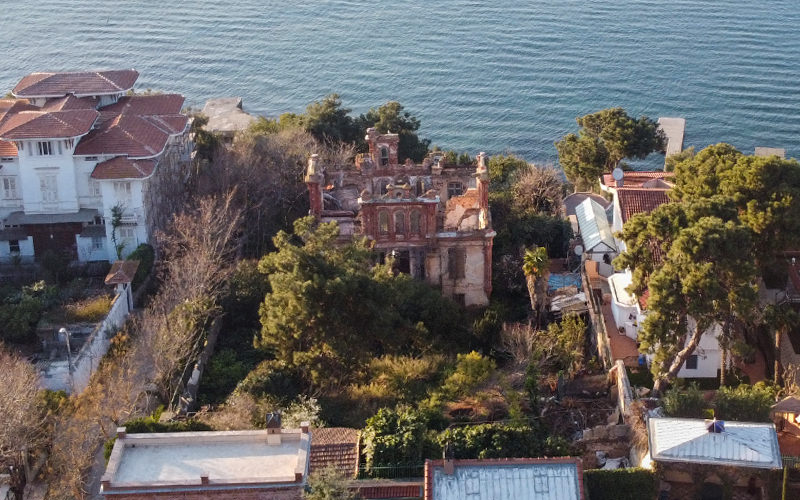Friends, I continue my story about walking through the Summer Palace complex in Beijing. As a reminder, in the previous part of the article I wrote about the history of this ancient landmark and a walk around its grounds. This time I would like to show you several palace pavilions and tell you how to get to the park by metro.
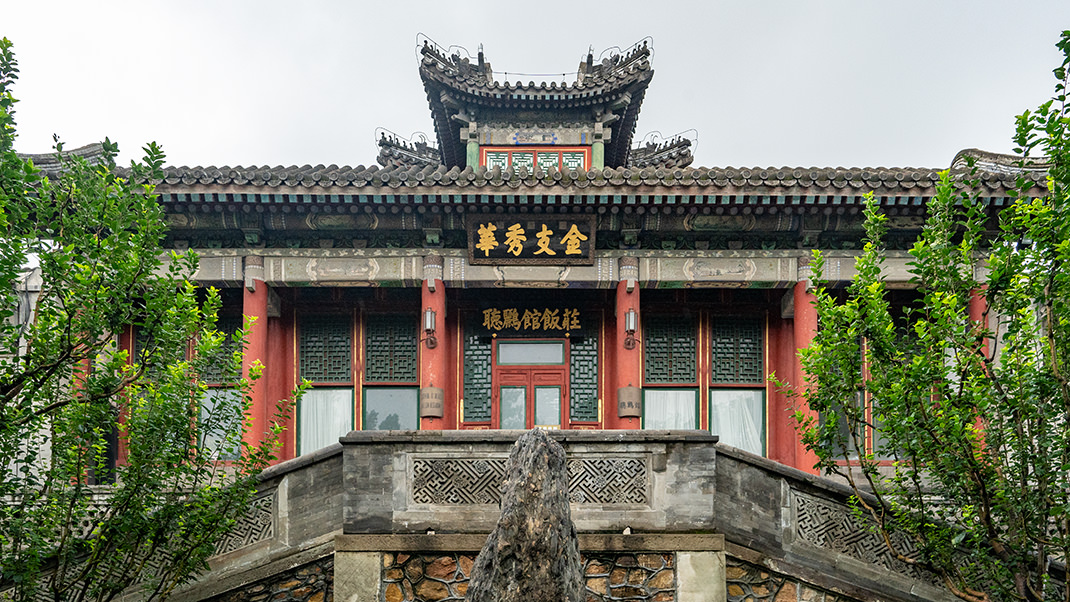
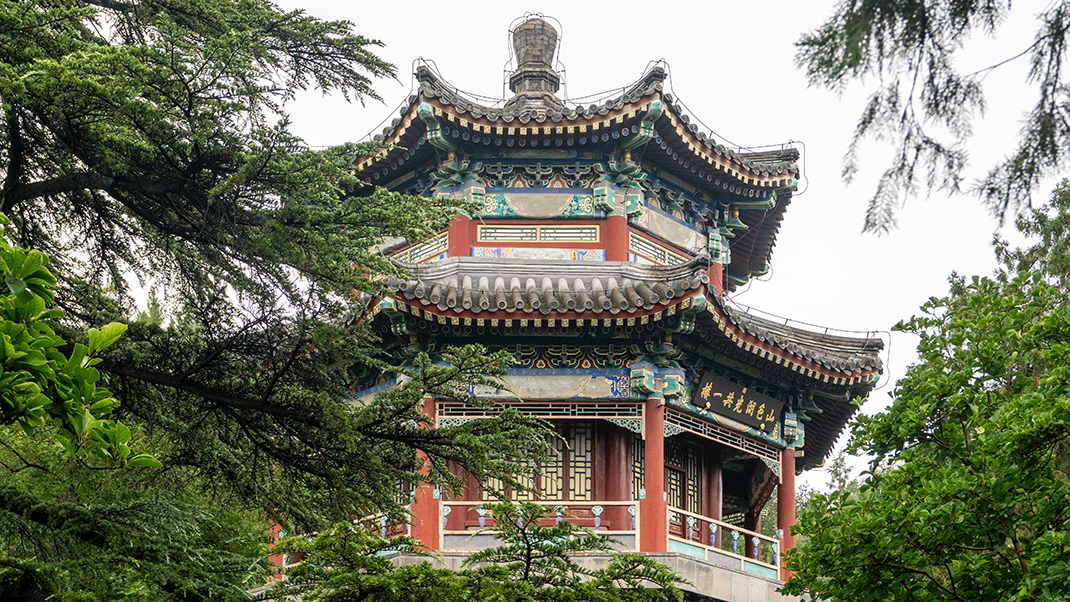
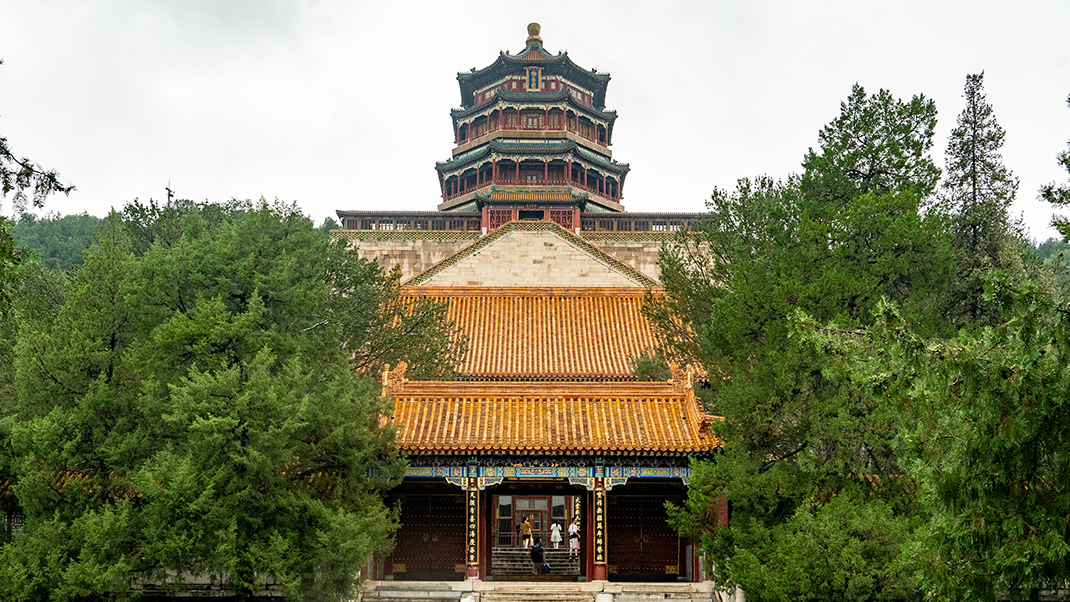
Pavilions of the Summer Palace
This complex cannot be called a palace in the usual sense of the word: the landmark is a huge walking area with various structures. Here you can find temples, pavilions, halls, and gardens. Most of the territory is occupied by lakes and canals.
Visitors to the Summer Palace have several options for exploring the complex: you can simply walk through the grounds, enter the paid zones by purchasing separate tickets, or buy a combined ticket that includes access to all the park’s locations. I chose the last option, but only had time to see the Tower of Buddhist Incense (Foxiangge) and the Garden of Virtue and Harmony.
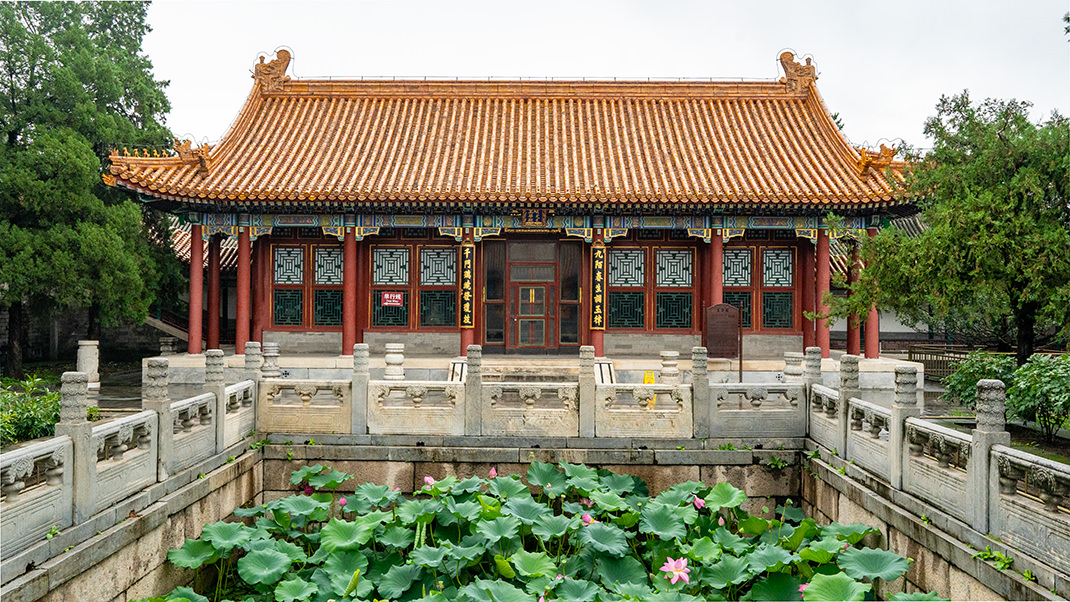
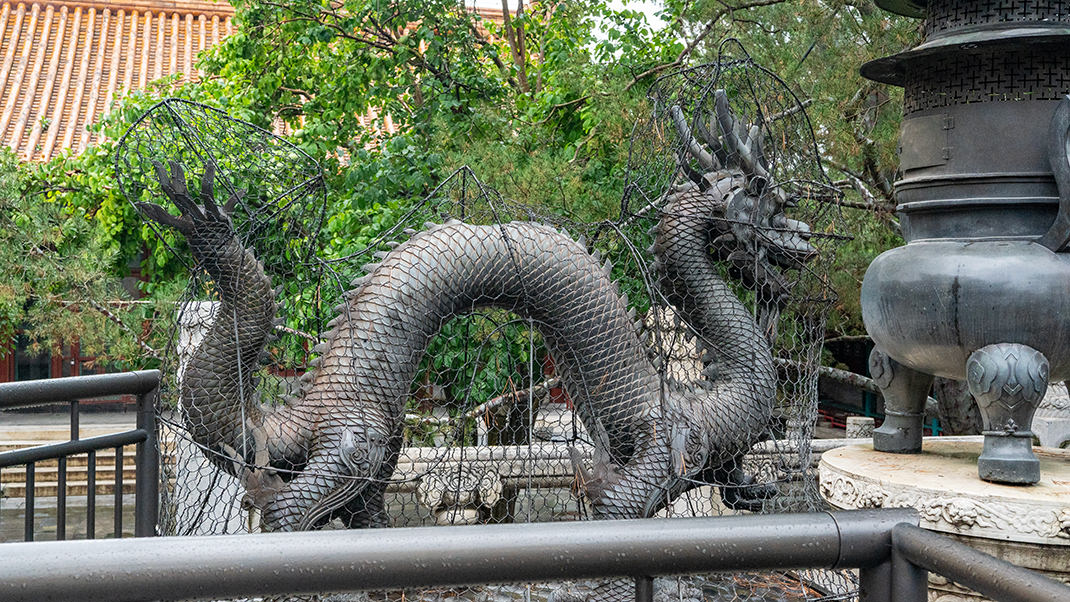
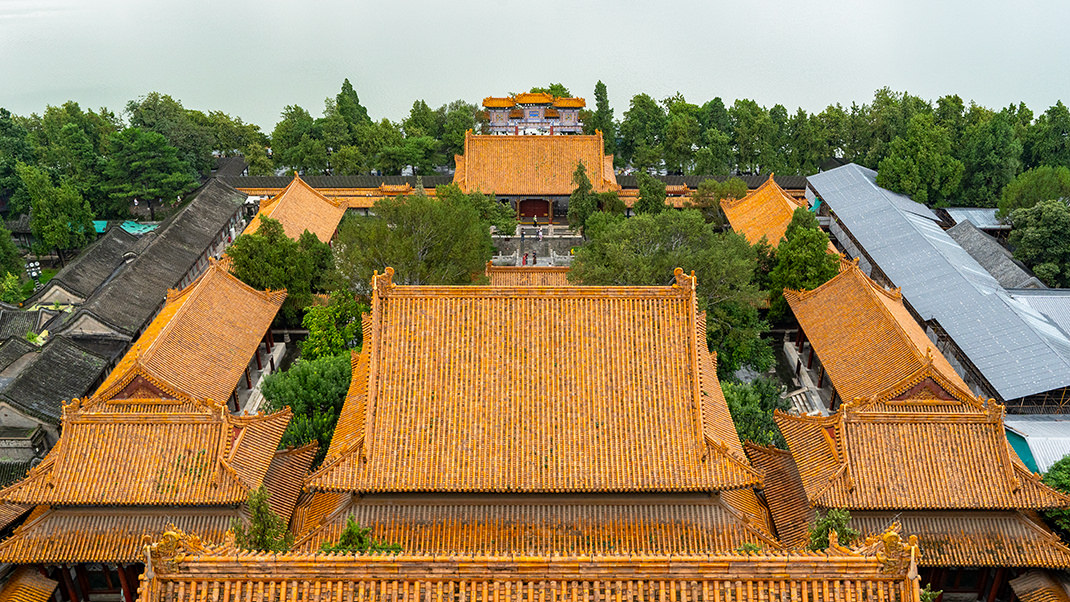
The Tower of Buddhist Incense (Foxiangge) is the architectural dominant of the complex and is clearly visible from the lake. The structure appeared during the reign of Emperor Qianlong, the creator of the complex, but like many buildings of the Summer Palace, it was destroyed in the 1860s. Its restoration took place at the turn of the 19th and 20th centuries. Visiting the tower doesn’t take much time, most of which tourists spend climbing the multi-level staircase. From the top, there is a panoramic view towards the lake.
The Garden of Virtue and Harmony, which I visited before leaving, left me with a strange impression: despite the entrance being paid, the territory is just a small square with several structures and a three-tiered building with a theater stage. Visiting this location took me only a few minutes.
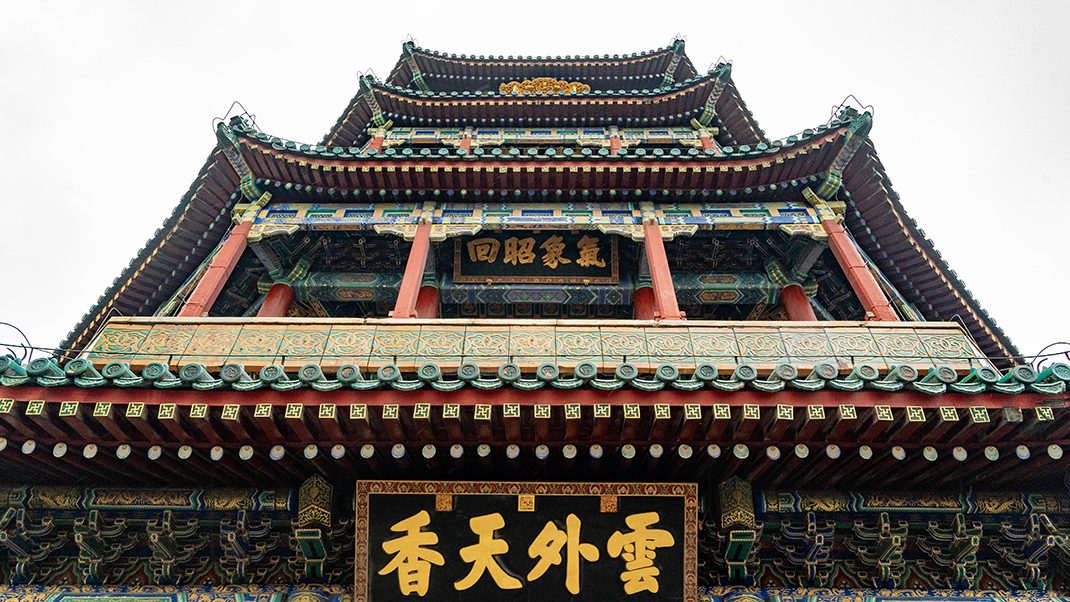
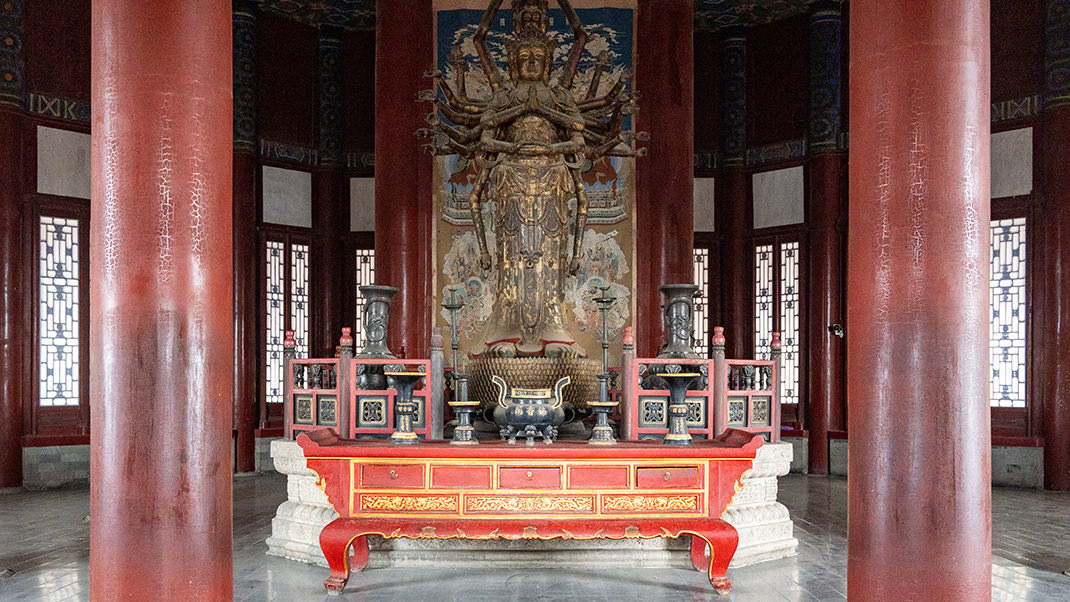

How to get there
Entrance to the Summer Palace grounds is ticketed. As I mentioned above, you can choose either a standard or a combined ticket. A park visit without access to the paid zones costs 30 yuan per person. If you want full freedom of movement and to see all the interesting sites of the Summer Palace, choose the full ticket, which costs 60 yuan. If paid separately, the entrance to the tower costs 10 yuan, and to the garden 5 yuan. At the ticket office, I paid with an international bank card.
I came here directly from the airport. First, I took the express train to Caoqiao Station, then transferred to Line 19 and went to Ping’anli Station, where I changed to Line 4. The final destination is Beigongmen Station. The total travel time was just over an hour.
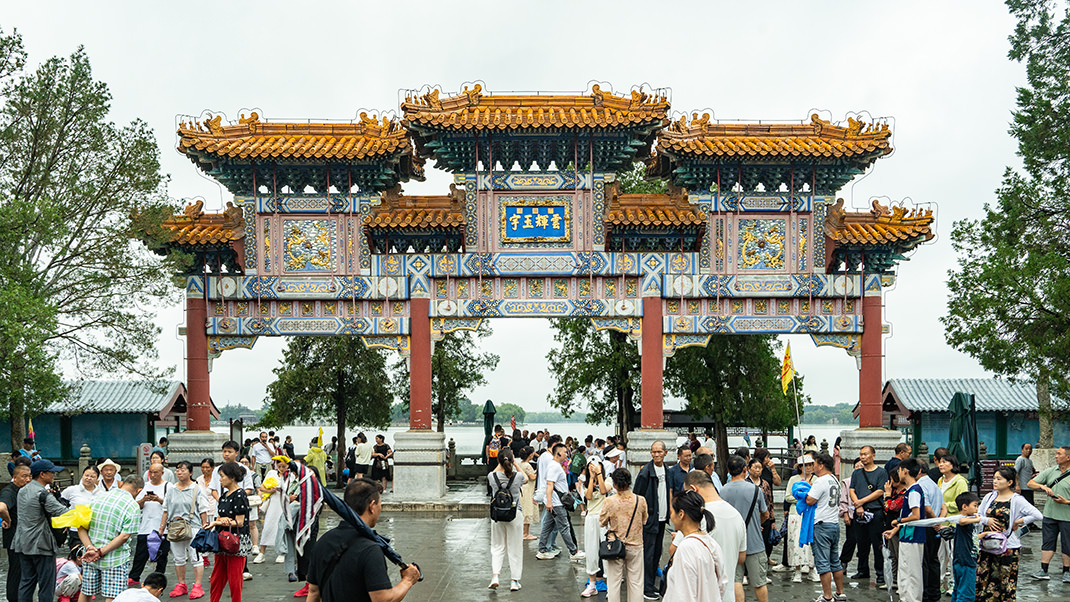
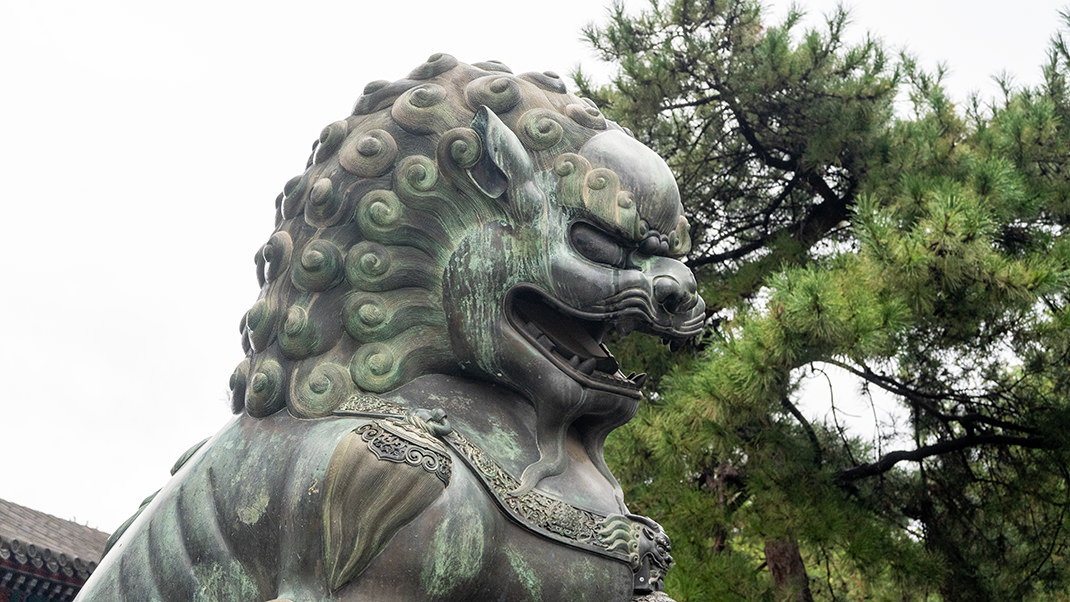
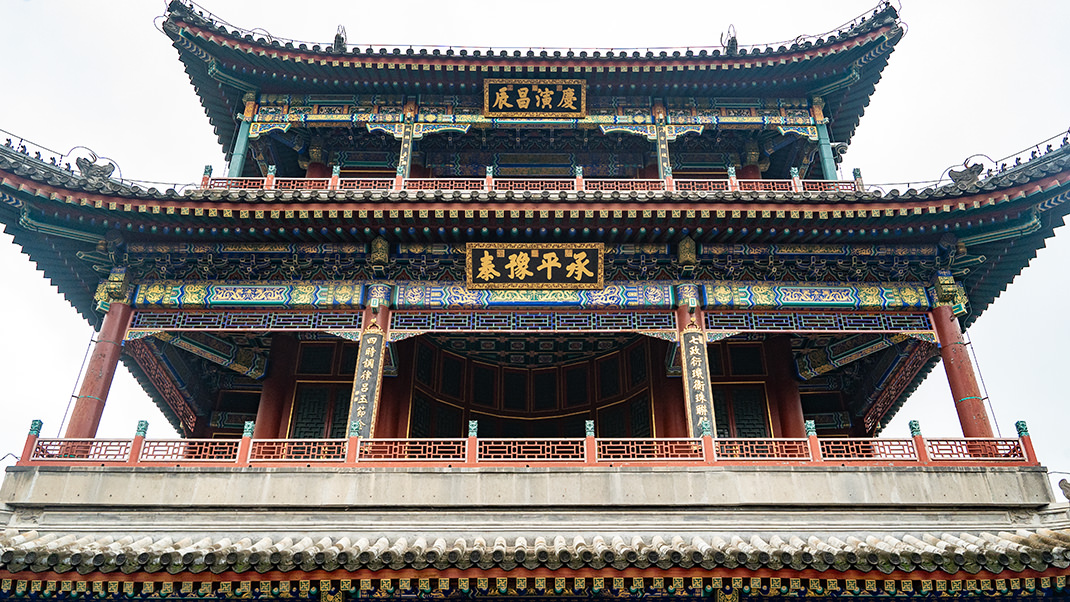
My walk through the park took me about an hour and a half. I left the grounds through the eastern gate, walked to the nearest metro station, and went to see the Temple of Heaven, which I will tell you about in one of the following articles.
Have a nice trip!


